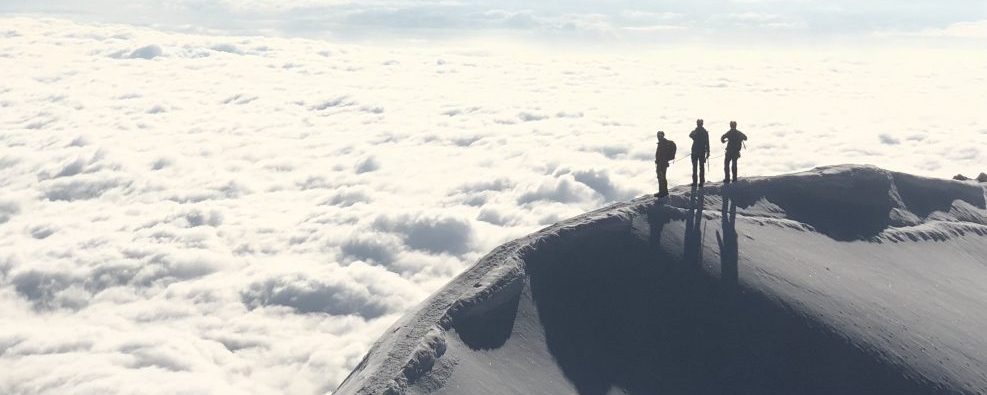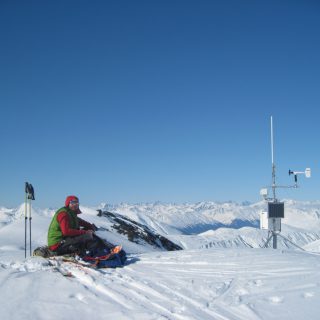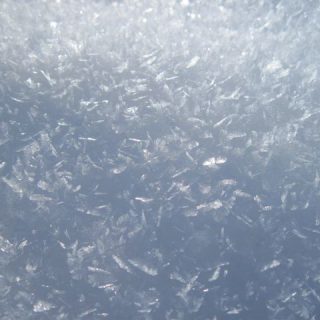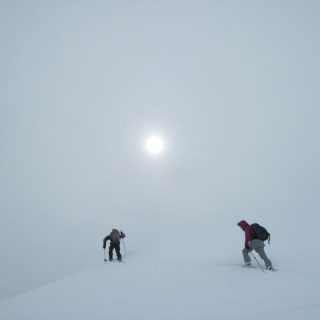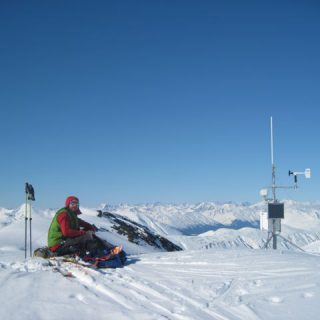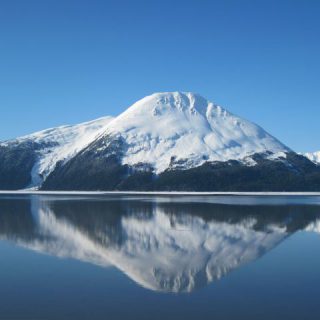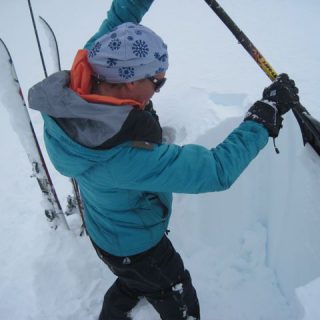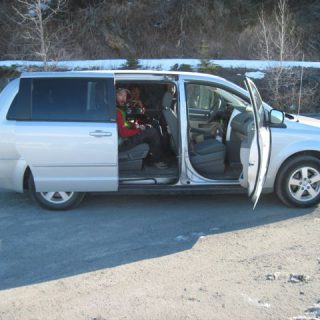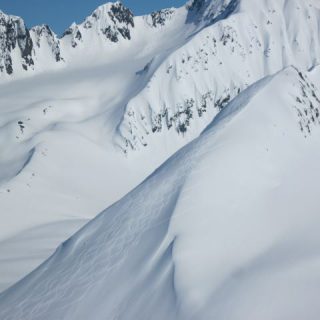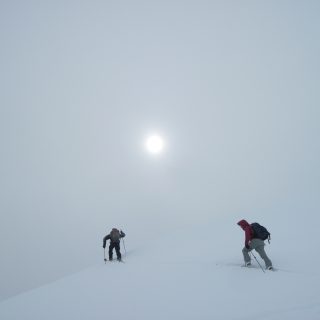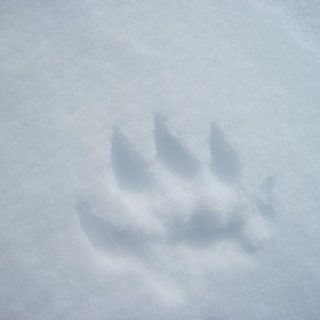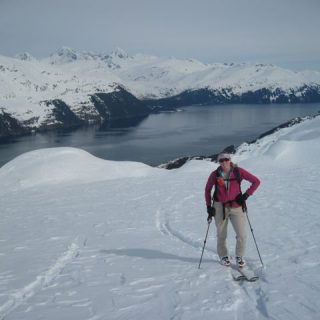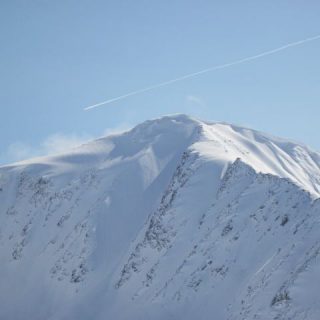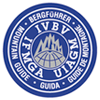IFMGA
Becoming a full IFMGA (see footnote) certified guide has been my lifelong dream. A few years back, I took a friend up the beautiful Forbes Arete on the Aiguille du Chardonnet in Chamonix. She had never climbed any mountain and I was in charge of the whole climb. I loved how taking someone up and down a mountain required so much problem solving: what time do we need to start, how do we get to the base, what are the hazards and how do I manage them, how much rope should be out on the glacier, on a steep snow section, on a rocky rid
ge, what should I use for protection, where does the route go, what is the most efficient yet safe way to do this section, how do I care for my friend, etc. Each climb is a different puzzle with different solutions. I loved that about the mountains. Sitting on the summit, basking in the sunshine and in the joy of having accomplished what I had set to climb, I thought: ” And guides get paid to do this. That’s what I want to do with my life”.
One of the perks of the AMGA/IFMGA certification process is how much you get to travel to train and take courses and exams. I love being on the road, so this suited my lifestyle perfectly. Over the past two years, I have learned, refined and applied many skills: terrain assessment, recognition of hazards and risk management, navigation, proper use of terrain and gear for protection, route finding, client care, rope tricks and rope management, snowpack assessment, weather patterns, guiding ethics, waste disposal and many more tricks of the trade. I have climbed more routes in Red Rocks than I could ever have hoped to climb there and have grown very fond of the contrast between the wilderness in Red Rocks and the craziness in close-by Vegas. I have also had to adapt to the pure style of climbing that you seldom find in Europe: chimneys weren’t my forte and climbing the likes of the ultra classic Epinephrine was a nemesis that I learned to embrace. Through the Alpine process in the Cascades, I have also discovered what it means to really be self-sufficient in the mountains. Carrying my “home” on my back and learning how to build rescue shelters has been one of the most constructive tools I have taken away from this process. Because truth be told, if something happens in the mountains, you are going to need to be able to figure it out on your own. The ski process has provided me with great insight on how to assess different snowpacks. We skied in the Chugach and the Talkeetna mountains, covering terrain from Valdez to Girdwood/Turnagain Pass to Hatcher Pass – ski mountaineering, heli skiing and doing multi-day overnight trips on massive glaciers.
But it’s not all fun and games either. Getting a certification means that someone is assessing you and that can be destabilizing. It’s hard to have someone look over your shoulder constantly. Most examiners do a great job of pretending that it’s just a regular day out and you’re just doing your job guiding. Yet, when you’re in the lead, a million thoughts go through your mind and you are constantly second guessing yourself, wondering if you’re doing what you think the examiner wants you to do. Throughout the training, all candidates take turns being in the lead and playing clients. This was a personal challenge as I found it hard to consider my peers as my clients, telling them what to do and how to climb or ski when you know that they know what they are doing and don’t need your guidance. Some of the courses last up to 12 days and you have be on your game throughout the whole time: you wake up early, meet early, go for big days in the alpine, on rock or skiing, get fried by the sun or worked by the wind and cold temperatures, get back to an hour long debrief with the candidates and with that day’s examiner (you are seen by different examiners), plan for the next day, pack your bag, cook a meal and repeat the following day. I find dealing with stress always harder to manage when I am tired.
I am often asked if the process is harder for women. There aren’t many women with this certification throughout the world. There are a little over 50 women in the world currently, with only 7 in the USA. During this last exam, Angela Hawse and myself became the 6th and 7th women to achieve this status in the USA. Obviously, the profession is very male dominated. But there are definitely some advantages to that. I never felt like being a woman made the process any harder or that my examiners judged me on that. Since I am smaller, they would righteously sometimes point out that with two clients on my rope, I needed to add more security at times, because of the weight ratio. I think it’s important to acknowledge the differences between men and women and guide accordingly.
This April, I flew to Alaska to take my final exam: the Ski Guide Exam. Prior to the exam, all the candidates went and explored the areas that we thought we might ski on our exam. Snow conditions were pretty bad since it rained very high up and Hatcher Pass – one of our destination – only had 50% of its normal snowpack. The exam was challenging in that we encountered difficult skiing conditions (thick breakable crust), white out navigation, rain, etc. Overall, I felt pretty good about my exam, but you never know for sure. It’s scary to get so close to your dreams. As a new rule, the AMGA no longer gives out results on the last day of the course or exam. Candidates have to wait two weeks to get their results online. Each day though, I checked to see if my status had been updated. But always read : “Not Submitted Yet”. Every time I clicked, my heart would start pounding, only to slow right back down. On the D day, I looked so many times, that the AMGA page must have gotten the most hits it’s ever had in a day! At 6pm, I clicked again, and there it was: “Passed”. And that’s all it took – 6 letters – for my lifelong dream to come true: “Passed”. With this last exam, I completed my full IFMGA certification. The certification process has been the most rewarding achievement of my life Yet, although this an end in itself, it really is only the beginning to my career. And now more than ever, I should remind myself of this adage: “Guide, the mountain doesn’t know that you are a guide!”
The American Mountain Guides Association (www.amga.com) is a member of the IFMGA (International Federation of Mountain Guides Association: (http://www.ivbv.info/en/), which is international governing body responsible for guiding standards and education around the world. The AMGA provides each year training in alpine, rock and ski. Being IFMGA certified means that you have taken and passed a series of courses and exams and are certified in all three disciplines. In most countries, this certification is required to guided legally.
